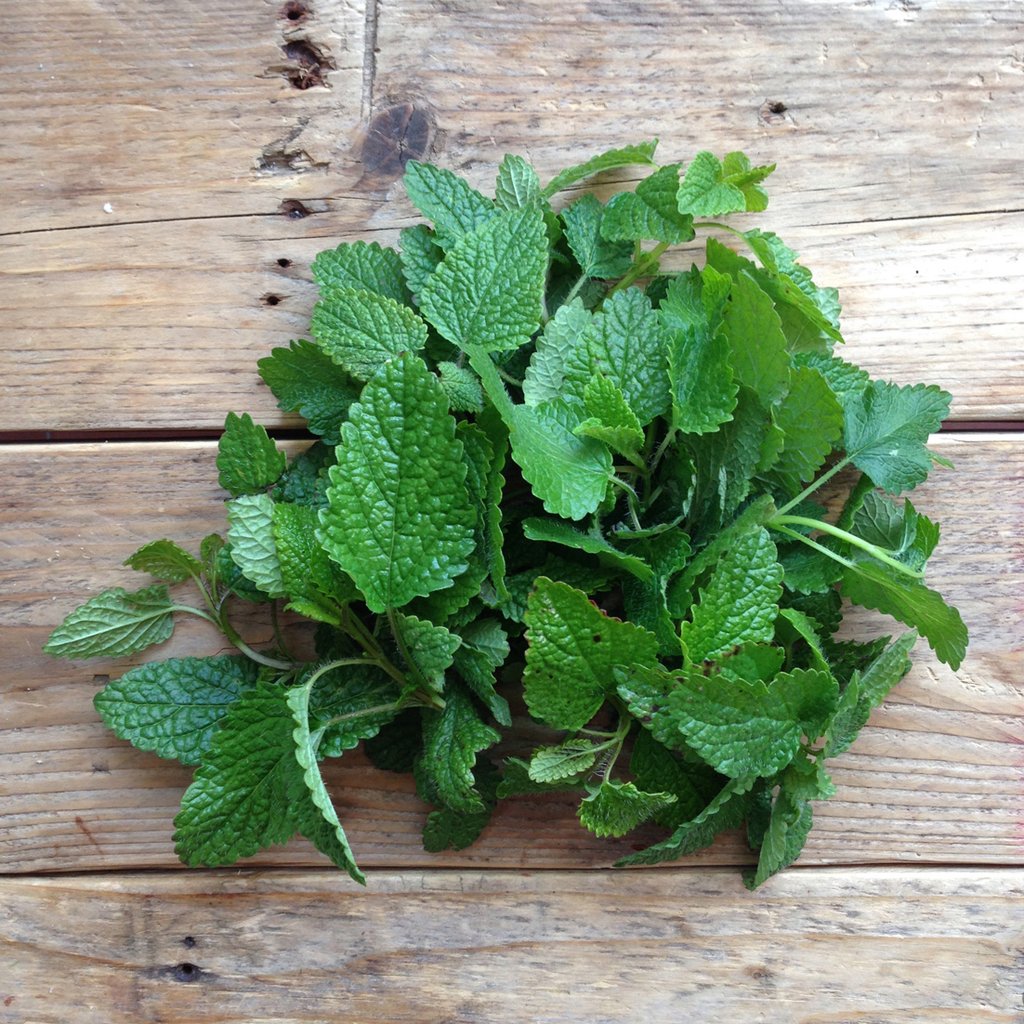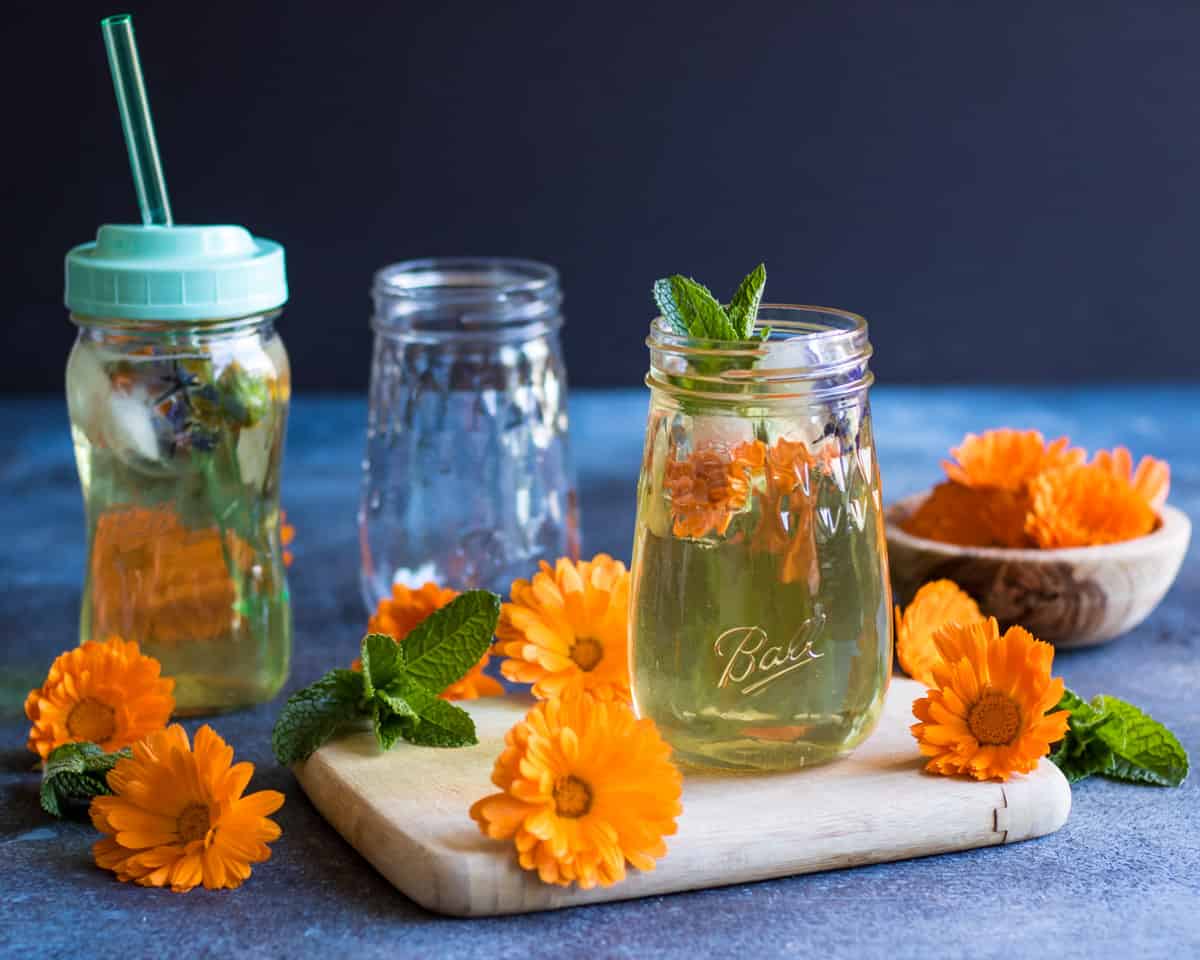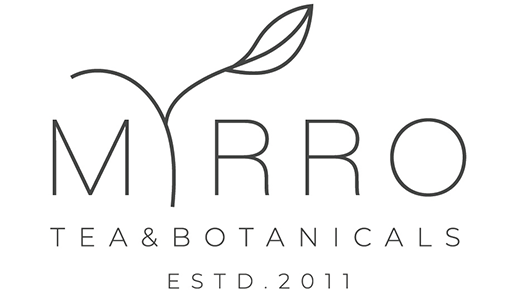
In botany, plants are also characterized based on the condition they are called upon to treat. So, for example a "cold" is treated using heating herbs like ginger, garlic, onion, horseradish, etc. These herbs, in addition, to being "warming" herbs, are an-timicrobial, stimulate circulation, and aid in the sweating process which along with the fever help the body eliminate pathogens. Similarly, a cooling herb would be use-ful for "warmer" conditions, such as fever relief or reducing inflammation.
How can herbs help in the summer months with the big rise in temperature?
Our goal during this time is to be able to keep our bodies cool. Especially in people who are experiencing hormonal changes such as during pregnancy, or during meno-pause the heat exacerbates these imbalances which in turn affects energy levels and emotions.
Surely the first thing we could do is to eat lots of seasonal fruits (watermelon, cu-cumber, and many salads) that are refreshing and hydrating. Additionally, including refreshing herbs into our diet will help the body get through these hot months with-out too much stress.
These herbs move heat through the body and promote hydration.
How herbs cool
Herbs and foods can cool our bodies in many ways.
One way is through their sweating action. This particular action promotes the open-ing of the pores of the skin so that heat can be released, or similarly promote cooling of the body. Herbs with this action are some well-known such as cayenne pepper, yarrow blossoms, elder flower, marshmallow root, hibiscus, and many others.
There are also some astringent herbs that carry the same effect although when we hear astringent we think of dehydration. But happens the opposite, they help the tis-sues to tone up and retain water in them. Such as rose petals, raspberry leaves, or thyme.
A common characteristic that you will find between them is that they have a sour taste, such as lemon balm, rosehips, hibiscus, raspberry.
Lemon balm (Lemon balm)

Balm bee, as the word means, is one of the favorite plants of bees.
It is considered both cooling and warming herb. This is due to its dispersal. It en-courages blood and heat to move from the center to the apex, and maybe make you sweat a little, but this process achieves the goal of cooling the body.
Botanist Matthew Wood (1997) claims that lemon balm has a soothing, calming, and cooling effect on the organs in the solar plexus region, including the stomach, liver, gallbladder, and intestines. It is also useful for flatulence, bloating, diarrhea, nausea, and stomach upset. It is also used to "put out the fire" from local "hot" conditions such as sunburn, eczema, and acne. Wood (1997) describes a poultice you can make with lemon balm for sunburns and explains that the best method of making it is simply to chew the plant and apply the poultice to the affected area. Botanist and author Susun Weed (2015) describes using the same method to relieve pain from bee sting inflammation.
Lemon balm can also be infused into oil or made into tincture and tea. A nice idea is to infuse it in vinegar where it is used as a flavoring in salads and beans.
In general, lemon balm is considered a culinary herb and looks like oregano, due to it combines well with marjoram in cooking.
It’s better to avoid using lemon balm during pregnancy because of its emmenagogue effect.
Marigold Flower


Marigold flower is an annual herb native to South Central Europe and North Africa. Today, marigold flower grows all over the world. It has yellow and orange flowers that open in the morning when the sun rises and close as it sets, inspiring Culpeper (1653) to call it the 'herb of the sun'.
Indeed, marigold flower holds the spirit of the sun in its flowers.
Its properties: Marigold flower is a powerful healing herb and is used both externally and internally. Its content of mucilage is the part of what makes it very soothing to irritated tissues. It soothes irritation and itching, for this reason we included it as a cool summer herb.
Externally, marigold flower is used to soothe and heal cuts, burns, bites, sprains, bruises, rashes, burns and abrasions because of its antimicrobial, anti-inflammatory and hemostatic action. We often see marigold flower included as an ingredient in herb-infused oils as the base for first aid and wound creams.
Internally, marigold flower is taken to soothe inflammatory conditions of the diges-tive system, such as ulcers (Hoffmann), esophageal irritation from gastric reflux, and inflammatory bowel disease (Blankespoor, 2012).
Research has shown that marigold flower is also effective against influenza and her-pes virus (McIntyre, 1996). Marigold flower decoction acts by moving energy out-ward, stimulating circulation, and promoting sweating. This action helps to neutral-ize the infectious pathogen and then reduce the fever that comes from it as well as a cooler body.
It is also found in oil infusions, tea mixtures, tinctures, and others. As an edible flower, it can even be sprinkled on salads and cooked dishes to add color and beauty to your table.
For those who are sensitive to other plants in the Asteraceae (daisy) family may also be allergic to marigold flower.
Continue...
